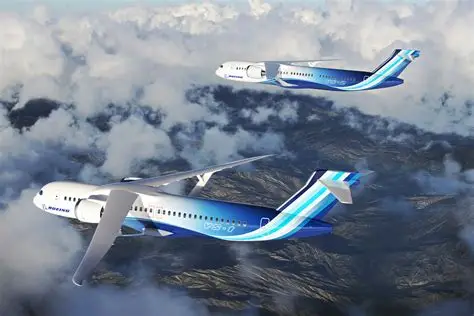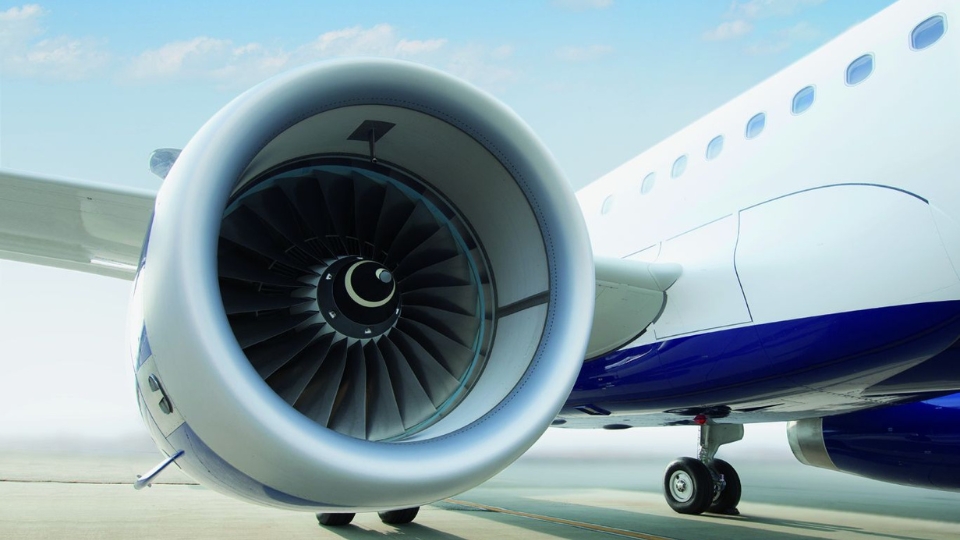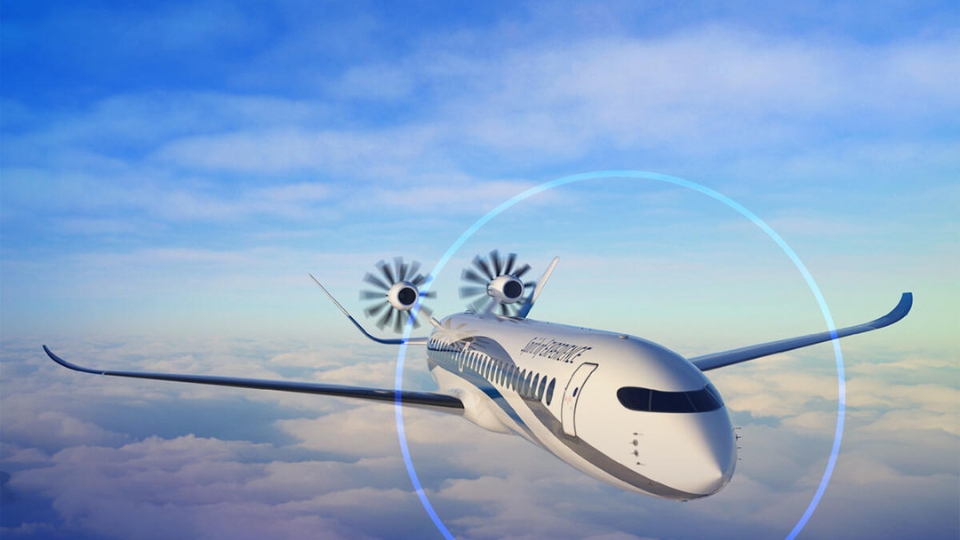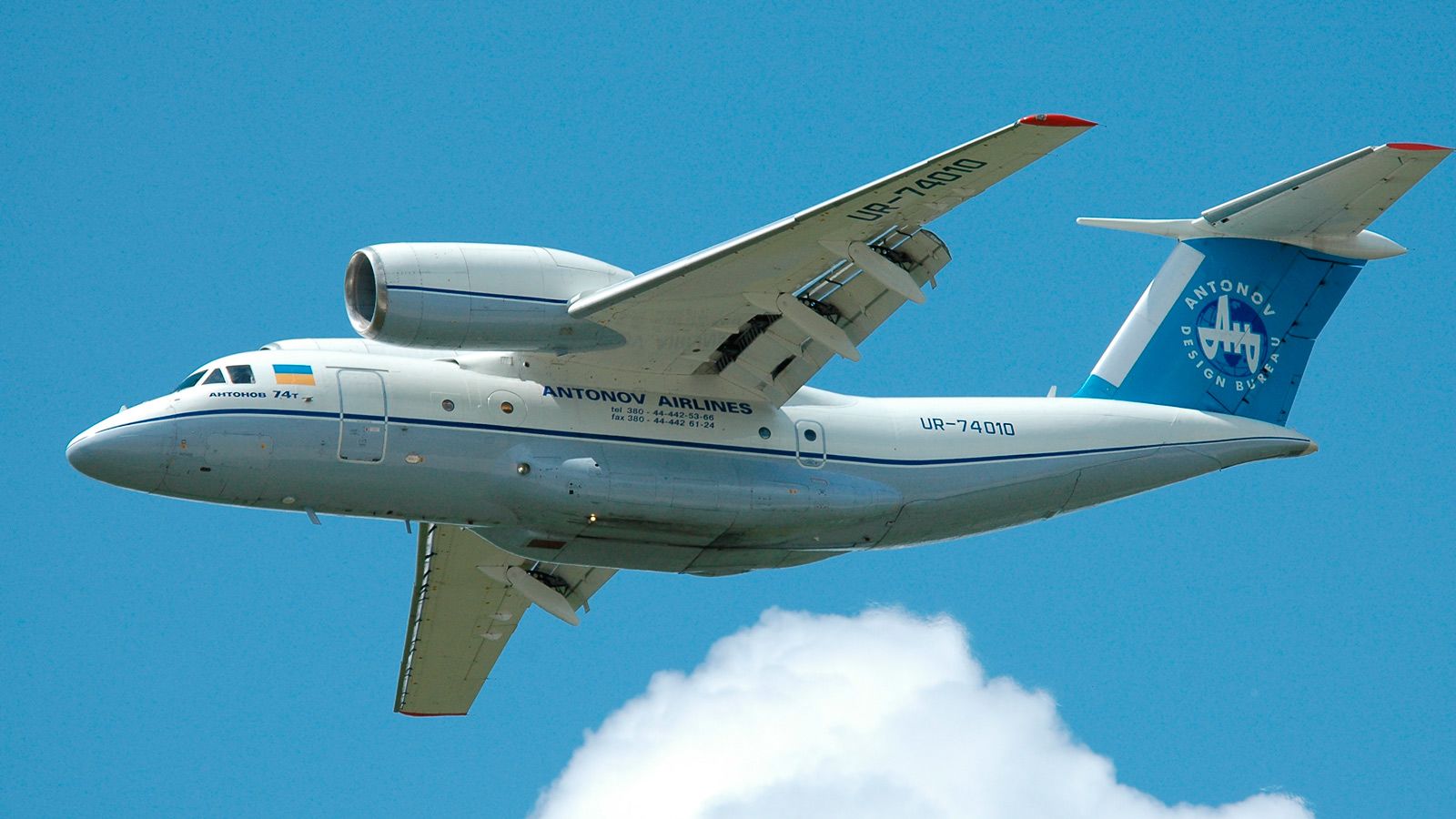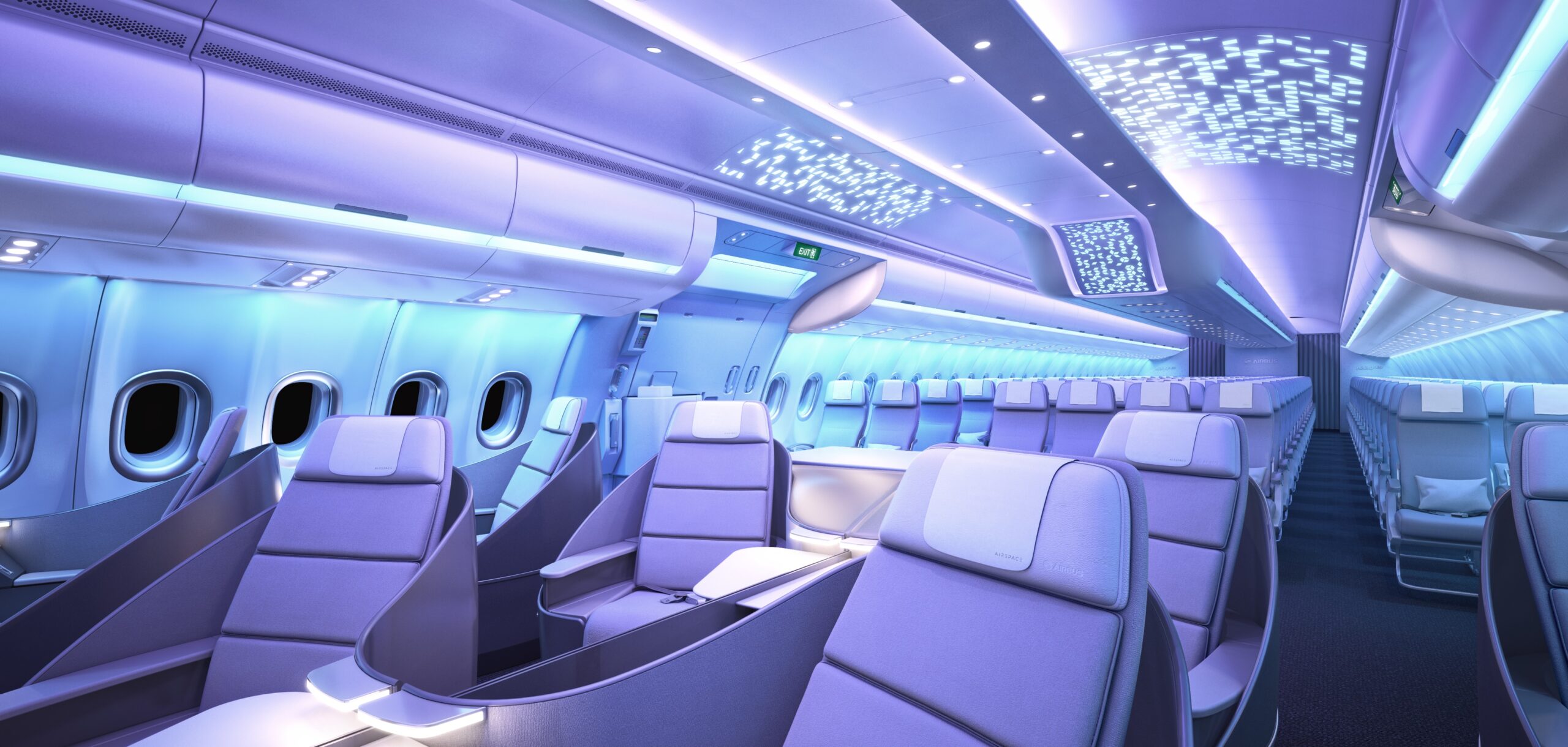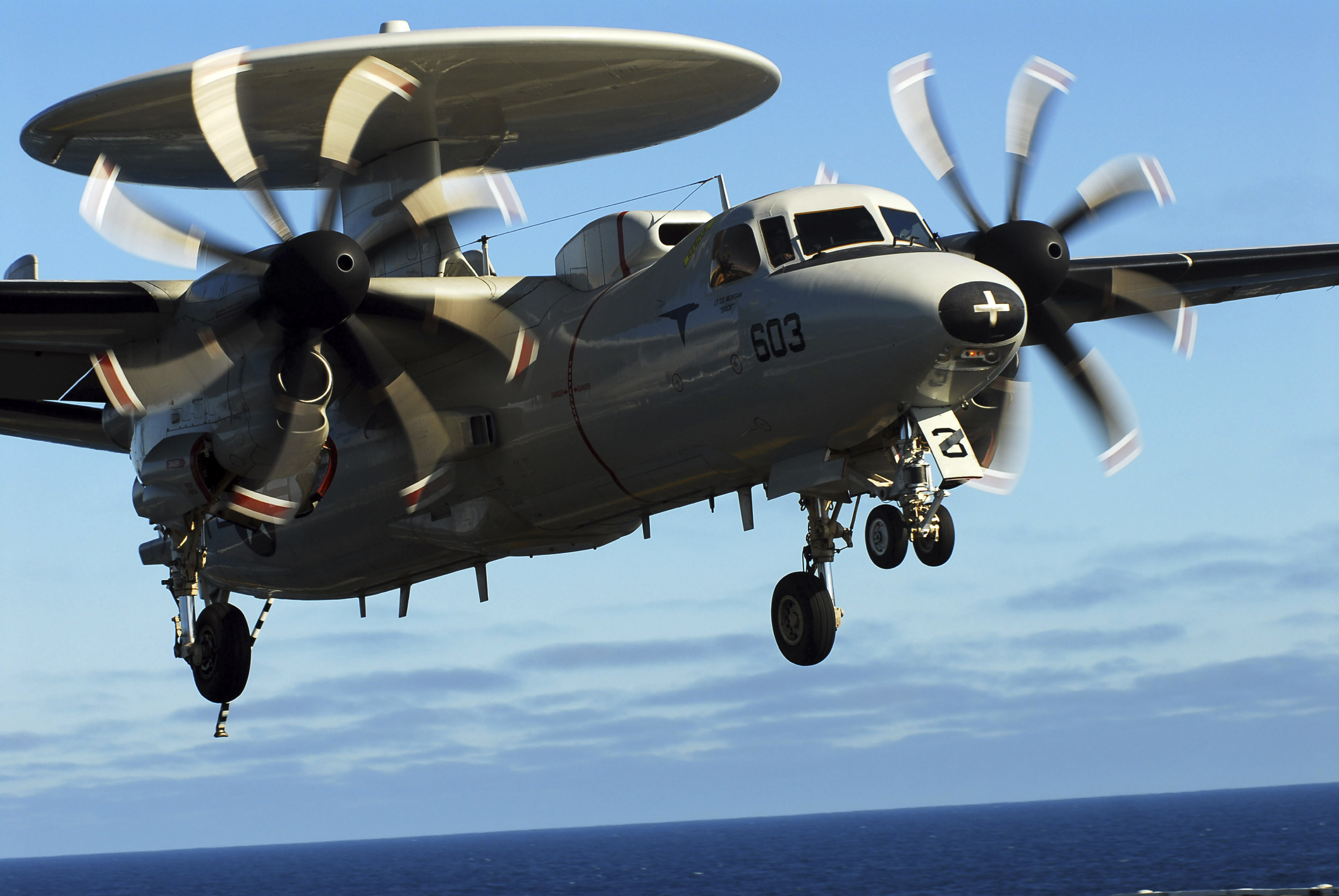Modern aircraft represent the peak of engineering innovation. Designers now focus on efficiency to save fuel, reduce emissions, and improve performance. Every part of an airplane, from its wings to its engines, plays a role in achieving this goal. Let’s explore how today’s aircraft are built to fly smarter, cleaner, and farther than ever before.
Lightweight Materials for Better Performance
Weight plays a major role in an aircraft’s efficiency. The lighter a plane is, the less fuel it burns. Modern aircraft use advanced materials like carbon-fiber composites and titanium instead of heavy metals. These materials are strong yet lightweight, allowing planes to handle high stress while using less energy.
For example, the Boeing 787 Dreamliner and Airbus A350 are built with more than 50% composite materials. This design choice reduces fuel consumption by up to 20% compared to older models. Lighter planes also carry more passengers or cargo without increasing energy use, making every flight more cost-effective.
Aerodynamic Designs that Cut Drag
Aerodynamics is another key factor in aircraft efficiency. Engineers carefully shape the body and wings of an airplane to reduce drag, or air resistance. Smooth surfaces and curved wingtips allow planes to glide through the air with minimal effort.
Modern wing designs, like the raked wingtips on the Boeing 787 or sharklets on the Airbus A320neo, help air flow more smoothly around the wings. This reduces turbulence and improves fuel economy. Even small improvements in aerodynamic design can save millions of liters of fuel each year.
Fuel-Efficient Engines
Engines are the heart of an airplane, and modern ones are built to deliver more power with less fuel. Today’s jet engines use high-bypass turbofan technology, which moves more air through the engine without burning additional fuel. This process increases thrust while lowering fuel use and noise levels.
Manufacturers like Rolls-Royce, Pratt & Whitney, and GE Aerospace continuously develop engines that are cleaner and quieter. The new geared turbofan engines, for instance, improve efficiency by allowing fan blades and turbines to operate at different speeds. This innovation helps reduce both fuel burn and carbon emissions.
Smart Flight Systems
Technology also plays a big part in improving aircraft efficiency. Modern planes use fly-by-wire systems, which replace heavy mechanical controls with electronic signals. These systems make flying smoother and more precise, reducing unnecessary fuel use.
Flight management systems (FMS) help pilots plan the most efficient routes. They consider wind speeds, air pressure, and traffic conditions to calculate the best flight path. Real-time data allows pilots to adjust altitude or speed for better fuel performance.
Wing and Tail Innovations
Aircraft wings and tails have evolved to improve stability and lift while reducing drag. Designers now use flexible wings that adapt to air pressure changes during flight. This flexibility minimizes resistance and improves overall aerodynamic performance.
Blended winglets and advanced tail designs also enhance efficiency. By reducing vortices, or swirling air currents at the wingtips, these features allow smoother airflow. This improvement not only saves fuel but also increases range and comfort for passengers.
Sustainable Aviation Technologies
Efficiency in modern aircraft goes beyond design—it’s also about protecting the planet. Airlines and manufacturers are investing in sustainable aviation fuels (SAF) made from renewable sources. SAF can cut carbon emissions by up to 80% compared to traditional jet fuel.
Electric and hybrid-electric propulsion systems are also being tested for short-haul flights. These technologies could transform the industry by reducing dependence on fossil fuels. Combined with lightweight materials and improved aerodynamics, they represent the future of sustainable air travel.
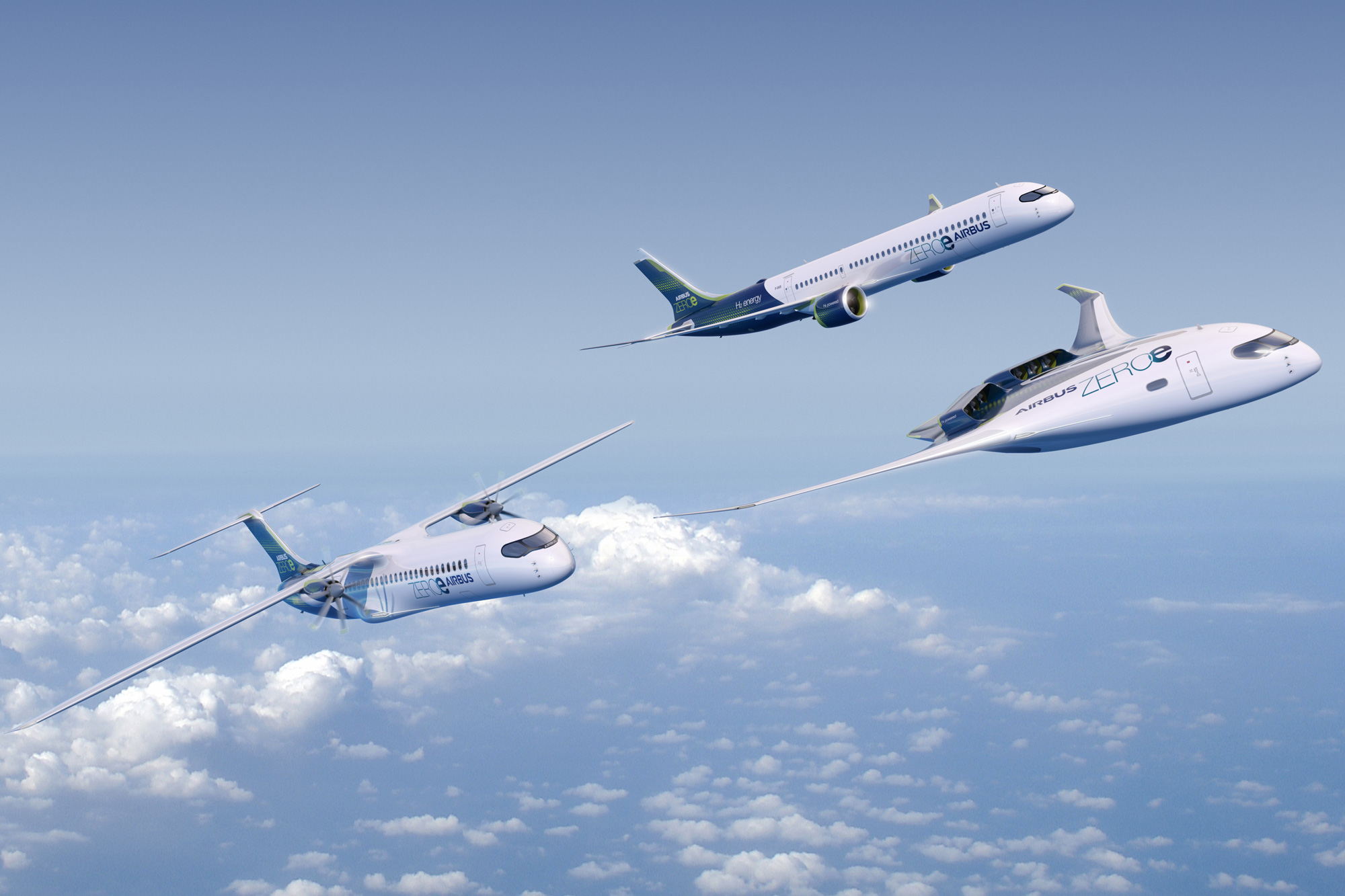
How Modern Aircraft Are Built for Efficiency
Cabin and System Efficiency
Even inside the cabin, efficiency matters. Modern lighting, climate control, and pressurization systems are designed to use less power. LED lighting and smart ventilation reduce energy waste and improve passenger comfort. Advanced insulation helps maintain cabin temperature more effectively, reducing the workload on air conditioning systems.
Every detail, from the seats to the electrical systems, contributes to overall performance. By optimizing these internal systems, airlines save on maintenance costs and fuel use while offering a more pleasant flight experience.
Conclusion
Modern aircraft are masterpieces of efficiency, combining advanced materials, intelligent systems, and aerodynamic precision. Every innovation—from lighter structures to smarter engines—brings aviation closer to a cleaner and more sustainable future. As technology continues to evolve, tomorrow’s aircraft will not only fly farther and faster but also do so with minimal impact on the environment.

